8 Mindfulness Activities to Teach Kids Through Play
Our Blog: Word on the Sidewalk
8 Mindfulness Activities to Teach Kids Through Play
It’s been months since the world around us changed so dramatically and a return to life as we knew it is still not imminent. Parents and caregivers have been faced with increased levels of stress as we try to keep our children safe and healthy in this new world. Similarly, children are experiencing the effects of stressful changes as they endure separation from family and friends, loss of favorite activities and outings, and the trials of virtual education.
Getting through these challenging events may not be the parts of parenting that we dreamed about when we envisioned parenthood, but stress is an inevitable part of life — whether that stress comes from worries about work and school, conflict with a friend or partner, a move, the loss of a loved one, the introduction of a new sibling … or a global pandemic. Although navigating stressful obstacles may not be the most fun part of parenting, they allow us to teach our children to manage anxiety effectively — an invaluable life skill. One way to reduce stress and increase coping skills is to incorporate mindfulness into your daily routine.
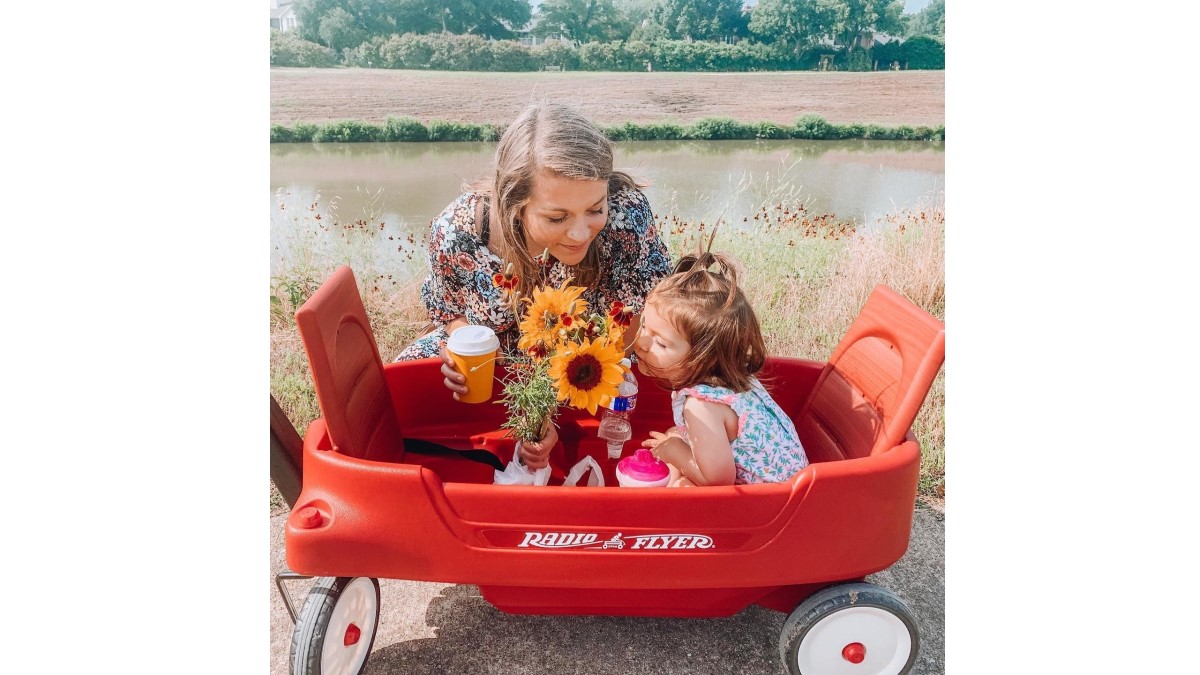
Mindfulness is a term you may have encountered before, but what exactly does it mean? Simply put, mindfulness is staying in the present, being aware of our current surroundings. Stress, worry, and anxiety mean that we’re worried about things that may or may not occur in the future. Kids worry about tests they have the next day, ballet recitals coming up in a month, who might be angry at them if anyone finds out they lost their coat, and what will happen if one of their parents get sick.
Reconnecting with where they are in this moment, right now, and accepting that moment as it is helps them calm down (and works great for caregivers, too). In addition to reducing stress, practicing mindfulness has many additional benefits and can help your child:
- Increase focus and attention.
- Manage emotions better and be less likely to become easily upset.
- Improve behavior.
- Listen and learn better.
- Be more patient.
- Improve social skills and get along better with others.
- Feel happier!
Practicing mindfulness when your child is already calm will make it easier for them to access these skills in times of stress. Mindfulness activities are perfect for these times when we may not be able to go as many places as we used to, as they’re easily done at home or around the neighborhood and can be effortlessly incorporated throughout the day.
Fortunately for parents of young children — a group not known for their ability to sit still for long periods of time — mindfulness doesn’t have to mean long periods of meditation. There are lots of great mindfulness exercises that’ll seem like play to your child while still teaching them all the benefits of mindfulness. Here are 8 playful mindfulness activities that kids will love — and parents will enjoy and benefit from, too:
1. The rose and the candle.
The ability to regulate breathing can immediately help create a sense of calm even in times of high stress. Steady breathing sends calming signals to the brain and can “trick” the body into thinking it’s relaxed. This simple breathing exercise is perfect for teaching children to control their breathing:
Have them pretend they’re holding a rose in one hand and a candle in the other (or use a silk flower and a spare unlit candle if you have them on hand). Prompt your child to smell the rose, breathing in for a count of three. Then have them “blow out” the candle, breathing out for another count of three. This will help teach your child to take slow, calming breaths in a way that uses their imagination and is accessible to them.
2. Blowing bubbles.
Kids love bubbles, so grab a bottle of bubble liquid and ask your child to imagine that each bubble they blow is one of their worries floating away. Challenge your child to blow the biggest bubble they can — this not only helps kids focus on what they’re doing, but is also another way to teach them to take deep, slow breaths.

3.Take a rainbow walk.
Go for a stroll around your neighborhood and observe something red, orange, yellow, green, blue, and purple. As you walk with your child, keep going through the colors in order. This will help them improve their ability to take note of the details in the world around them while enjoying some time outdoors and engaging in physical activity.
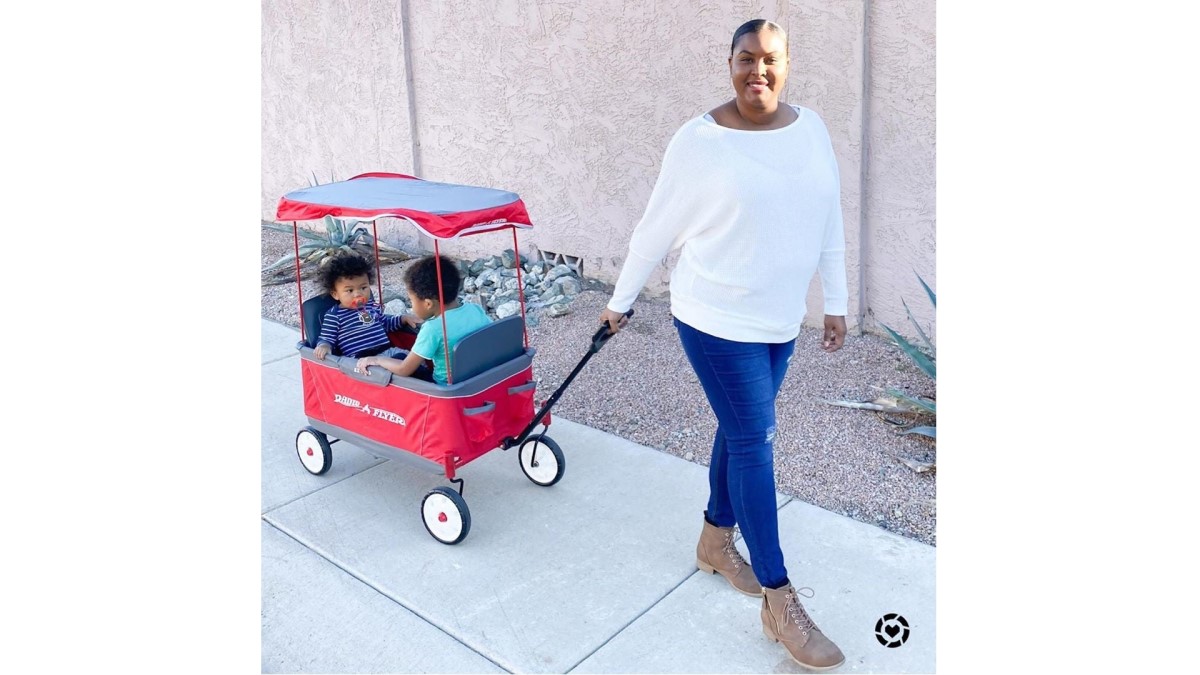
4. Five-sense spices (and snacks).
One great way to encourage children to focus on the world around them is to ask them to check in with each of their five senses and ask:
- What do I see?
- What do I hear?
- What do I smell?
- What do I feel?
- What do I taste?
Your spice rack is the perfect place to try this. Have your child describe their experiences as they examine the different colors they see, listen to the sound they hear as they shake the containers, feel the different textures, and — the most fun part — smell and taste the spices!
You can do this same sensory check-in during snack time by giving your child a healthy snack and encouraging them to closely observe the shape and color of their snack, the weigh it feels in their hands, and the different flavors they taste when they eat their snack. Mindful eating activities not only help create a sense of calm, but can also prevent poor eating habits and help your child build a lifelong healthy relationship with food.
5. Make a calm-down jar.
Kids respond to visuals and they love glitter, so a calm-down jar is a perfect craft to blend playfulness with mindfulness. You will need the following supplies (and more detailed instructions can be found here):
- 16-ounce clear container with a lid
- Enough water to fill your container
- ½ cup glitter glue or clear glue
- 2 teaspoons of glitter
Help your child fill the container about halfway with water and then add the glue and glitter. Fill the rest of the container with water. If you want to avoid potential spills, use a hot glue gun to seal the lid on. Then have your child shake the jar to move the glitter around the jar. These jars look beautiful and are fun to watch. Help your child observe the moving glitter and have them sit still and breathe as they watch the glitter fall. Once the glitter has settled and the bottle is still, ask your child to observe how they feel. Do they feel calmer now?
These bottles are a good way to talk about anxious feelings: When we’re worried, we’re all stirred up — like the glitter after we shake the bottle. But as we sit and breathe, our feelings can settle down — just like the glitter does.
These bottles are great to have on hand for a child who needs a visual aid to help them learn to calm themselves.
6. Do a body scan.
A body scan helps children observe how their bodies feel and gives them the opportunity to calm their emotions by relaxing their bodies. This is a great activity to do before bedtime. Follow these steps:
- Have your child lie down or sit comfortably in a chair in a quiet room.
- Ask them to start taking deep breaths. For a young child, you can start with the “Rose and candle” activity described above or perhaps have them balance a favorite stuffed animal on their stomach and watch the toy rise and fall.
- Next, ask your child to pay attention to their feet. Are they warm or cold? Comfortable or uncomfortable? How do their socks feel on their feet? You can ask your child to squeeze their feet and then relax them.
- Go through other body parts and repeat the activity.
- Meet your child at their ability level. For preschoolers or children who have more difficulty sitting still, you may just do a couple of body parts. With older children, this activity can last between 10 and 20 minutes. You can find an 11-minute body scan with an audio track here.
7. Make your own stress ball.
This one is a big favorite of my play therapy clients, and I couldn’t leave it off this list. All you need are some balloons, a funnel, and something to fill the balloons with: rice, flour, and lentils are all good options. Just help your child fill and tie the balloons, and then let them squeeze them. Have them observe how the balloon feels in their hands and how their body feels as they squeeze and release the ball. If you make the stress balls with different fillings, have your child observe the different textures and see which one they prefer. These are good to have available to hand to your child when they’re feeling frustrated.
8. Be a mindfulness model.
Okay, this one is not exactly an activity to do with your children, but it’s an important thing you can do for your children: be a mindfulness role model for them. If you are currently working from home with your child or children in the house (as I am while writing this blog post!), this is not an easy thing to do. But challenge yourself to set aside 10 minutes each day during which you interact with your child without allowing outside distractions to interfere with your time.
Turn off your laptop, put away your phone, and observe what it’s like to just be with them. By engaging in this practice in even very stressful times, you can teach your child that we can find joy, peace, and connection even in the toughest of situations.








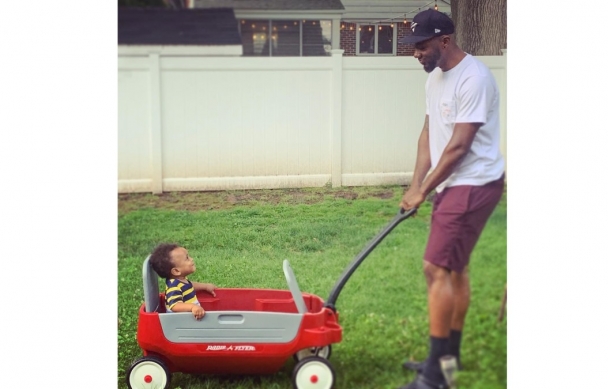

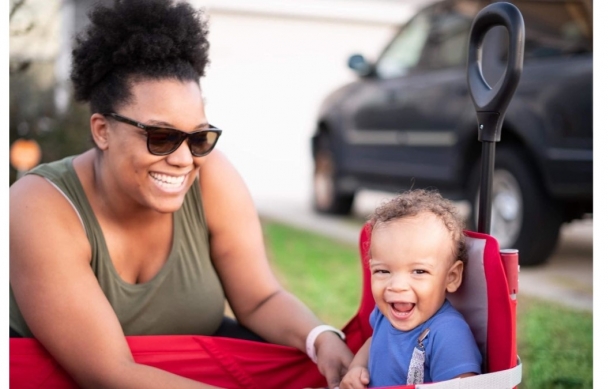

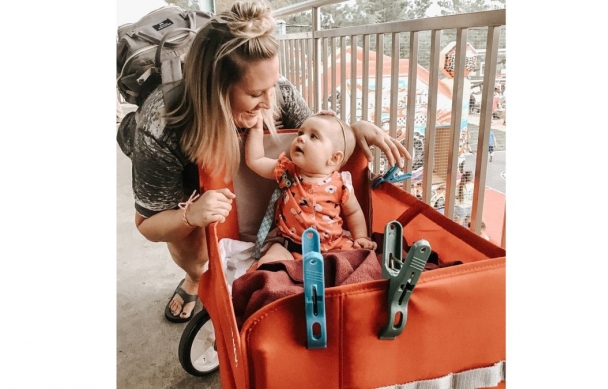



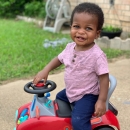

 Back to Blog Home
Back to Blog Home